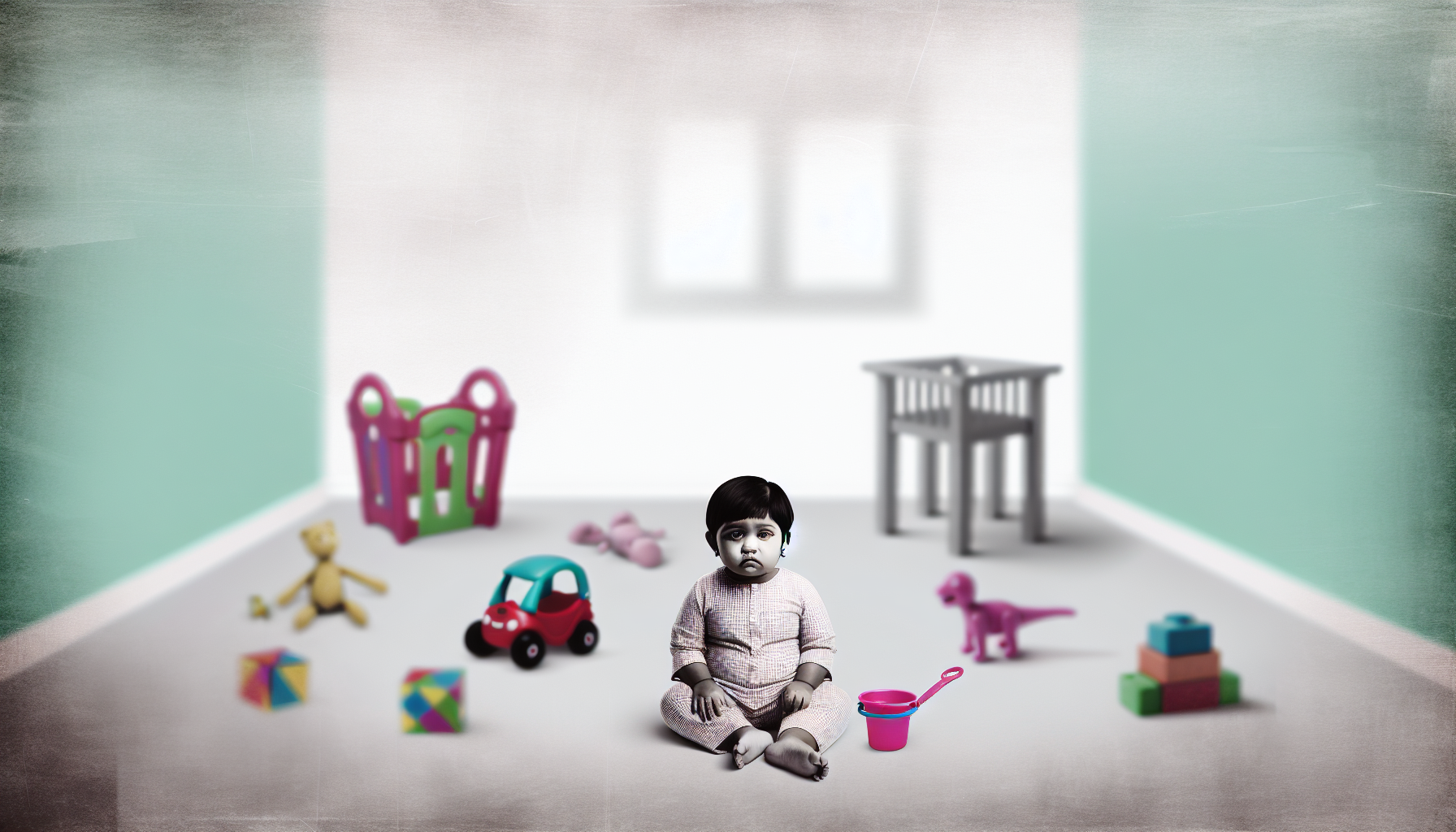ASD Diagnosis Process: What Parents Need to Know from First Concerns to Evaluation
Navigating the path to an autism spectrum disorder (ASD) diagnosis for your child is a journey filled with questions, emotions, and the search for answers. Understanding ASD’s diagnosis process is crucial not just for your child’s future but also for setting your family on a path to effective intervention and support. This blog aims to demystify the process from recognizing early signs to understanding the evaluation and beyond, ensuring you feel informed and empowered at each stage.
Recognizing the Earliest Signs
For many parents, the first step involves recognizing that something may be different about their child’s development. Autism symptoms often appear in the early years of a child’s life, sometimes even before their first birthday. Common early signs include a lack of eye contact, limited response to their name, and a reduced interest in play or social interactions. These signs might manifest in varying degrees of intensity, and parents often notice that their child is not meeting the typical developmental milestones for their age.

Realistic illustration showing a toddler sitting alone, not engaging with toys around them, with subtle cues of the environment like muted colors to emphasize lack of interaction.
Parents may observe behaviors like repetitive movements such as hand flapping or rocking, an intense focus on specific objects, or unusual sensitivities to sensory inputs like sounds or textures. The key is being mindful and attentive to your child’s developmental path. The earlier these signs are noticed, the sooner you can act, which is critical since early intervention can result in substantially better outcomes. Notably, ASD is more prevalent in males than females in a ratio of 3:1, ranging from 2:1 to 5:1, which is important to keep in mind during observations.
Taking the First Step: Finding the Right Professional
Once concerns arise, the immediate next step is engaging with a healthcare professional. Start by discussing your observations with your child’s pediatrician during regular checkups. Pediatricians are trained to monitor developmental milestones and can provide initial screenings. If they share your concerns, they should refer you to a specialist for a more comprehensive evaluation.

Realistic image of a concerned parent talking to a pediatrician in an office setting, with the pediatrician showing empathy and taking notes on a clipboard during the consultation.
The specialist could be a developmental pediatrician, child psychologist, or neurologist who specializes in ASD. These professionals will conduct more detailed assessments and are adept at identifying the nuanced signs of autism that general practitioners might overlook. Advocating for your child in these initial stages is vital, particularly if a healthcare provider suggests a “wait and see” approach. Early assessments and interventions are paramount, so trust your instincts as a parent.
What Happens During the Evaluation
The comprehensive evaluation process is designed to understand your child’s specific needs and involves several steps. It includes standardized tools and observational insights that allow professionals to assess your child’s behavior, communication skills, and social interactions. Tools like the Modified Checklist for Autism in Toddlers (M-CHAT) and the Autism Diagnostic Observation Schedule (ADOS) are frequently employed during evaluations.

Realistic portrayal of a psychologist conducting an ASD evaluation with a child in a friendly and colorful room setting, using playful assessment tools and engaging the child in interactive activities.
These tools involve structured and unstructured interaction sessions with your child to discern patterns in their behavior and communication. Observers will look for deficits in social communication, such as difficulty engaging in back-and-forth conversations, using nonverbal communication, and maintaining relationships. Moreover, aspects of repetitive or restrictive behaviors are assessed, for instance, insistence on sameness or sensitivity to sensory input. It’s a multifaceted process that requires the expertise of specialists trained to pick up on subtle cues. The evaluation may also include interviews with you and a review of your child’s developmental history to complement the behavioral observations. This collaborative approach ensures a thorough understanding of your child’s unique profile.
Understanding the Diagnosis Report
Upon completing the evaluation, you’ll receive a diagnosis report that details the findings. This document can initially seem overwhelming due to medical jargon and its comprehensive nature. However, it serves as a guide to understanding your child’s developmental challenges and strengths.

Realistic image depicting parents reading a detailed diagnosis report at a kitchen table, with visible emotions of concern and determination as they focus on understanding the contents of the document.
The report outlines whether your child meets the diagnostic criteria for ASD as defined by the DSM-5. If ASD is confirmed, it will also specify the severity level, which ranges from Level 1 (requiring support) to Level 3 (requiring very substantial support). Comprehending this report is crucial as it informs the development of a personalized intervention plan tailored to your child’s needs.
Next Steps After Diagnosis
A formal diagnosis opens the door to a range of intervention strategies designed to support and improve your child’s development. Early intervention programs are particularly beneficial and play a significant role in enhancing communication, social skills, and overall learning. Treatments may include various therapies such as Applied Behavior Analysis (ABA), which focuses on improving specific behaviors and skills through reinforcement strategies; speech therapy, which targets communication challenges; and occupational therapy, which helps with functional skills and sensory processing.
Creating a comprehensive treatment plan should be a collaborative effort, involving healthcare professionals, educators, and family members. Continuous assessment and adjustments to the plan ensure it evolves with your child’s development and changing needs.
Legal Rights and School Planning
Understanding your child’s rights within the educational system is a critical step. Children diagnosed with ASD are entitled to special education services under the Individuals with Disabilities Education Act (IDEA). This legislation mandates that schools provide necessary accommodations to support your child’s learning and development.

Realistic depiction of a parent and a teacher discussing an Individualized Education Plan (IEP) at a school meeting, with visual elements like a school emblem and educational posters in the background.
Work alongside your child’s school to develop an Individualized Education Plan (IEP), which outlines specific educational goals and the resources or accommodations required. The IEP is a dynamic document that adapts to your child’s progress and should involve regular reviews with school professionals and teachers.
Resources & Self-Care for Parents
Being a parent of an autistic child can be both rewarding and challenging. While much focus is rightfully on the child, it’s crucial to remember that taking care of yourself is equally important. Engaging in self-care practices can help maintain emotional well-being and resilience. Establish a support system by connecting with local and national autism organizations, joining parent support groups, and reaching out to other families facing similar challenges.
Parents can benefit from educational resources that provide insights into autism, therapeutic approaches, and coping strategies. Engage in activities that nurture your interests and mental health—whether it’s through mindfulness practices, hobbies, or simply setting aside time to relax.
In summary, the path from first concerns to a formal autism diagnosis involves multiple crucial steps, each of which plays a significant role in determining effective treatment and support strategies. By identifying early signs, seeking out knowledgeable professionals, and working closely with educators and support networks, you can navigate this journey with greater confidence and assurance. Remember that you and your child are part of a community that offers understanding, support, and hope for the future.
